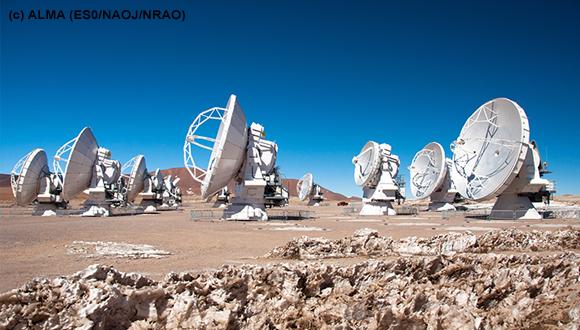A recent paper by Prof. Sara Beck has been selected as a Science Highlight of the ALMA Observatory
Prof. Sara Beck from the Department of Astrophyiscs, in the School of Physics and Astronomy
Prof. Sara Beck from the Department of Astrophysics in the School of Physics & Astronomy, and her international collaborators used ALMA to study molecular gas in a star cluster in the nearby galaxy NGC 5253.
ALMA is the largest observatory on Earth. It so sensitive it can see a candle half-way to the Moon and its angular resolution is 10 times greater than the Hubble Space Telescope. We need this high resolution to observe this young cluster, whose size is less than 3 light years, in a galaxy 12 milion light years away. This is the most massive, extreme, brightest, and youngest (only 1 million years old) cluster known, and it is over 50 times as efficient at making stars as is the Milky Way. Its size is less than the distance from the Sun to our nearest star but in that small volume are about 100,000 stars of all kinds.

This image from Prof. Beck's paper shows the old stars of NGC 5253 (red), the young star cluster (light blue), and in dark blue the molecular gas falling into the star cluster, fuel for the birth of more stars.





